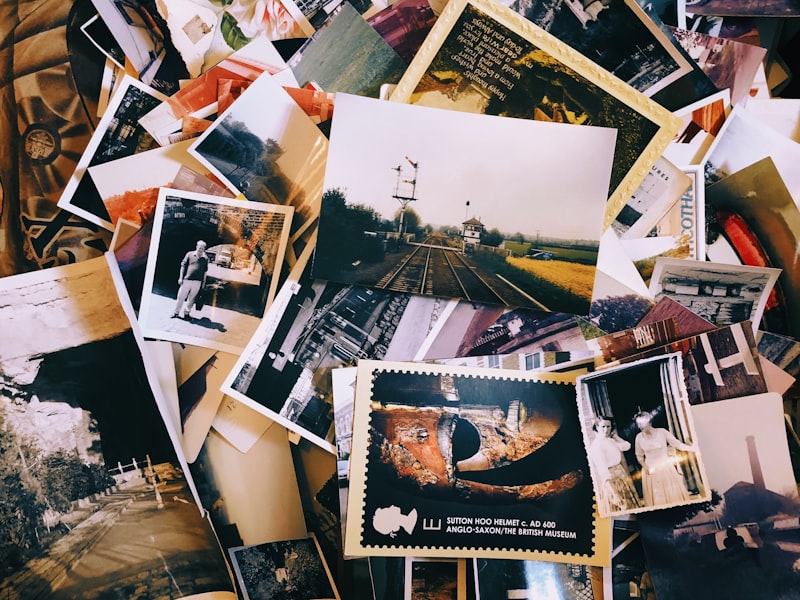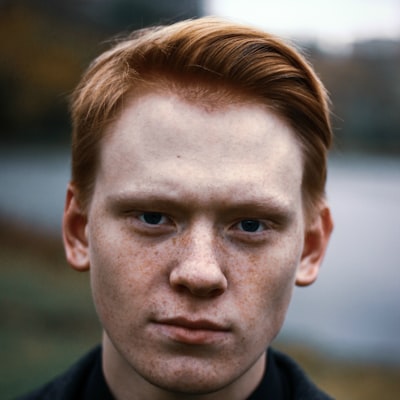Unveiling the Magic: The Allure of AI-Generated Photos

Welcome to the fascinating world of AI-generated photos, where technology seamlessly blends with creativity to produce stunning visual wonders. With the advent of artificial intelligence, the boundaries of what is possible in the realm of photography have been pushed beyond imagination. AI photos, born from the ingenious marriage of algorithms and neural networks, have ignited a revolution in the way we capture and appreciate visual art.
Gone are the days when photographers solely relied on their skills and the capabilities of their camera lenses to capture the perfect shot. Now, AI photo generation has opened up a limitless realm of possibilities, where landscapes come alive, portraits mesmerize, and surreal compositions take form. This groundbreaking technology has allowed individuals from all walks of life to tap into their inner artist, transforming mere concepts into vivid realities.
However, it is essential to approach the topic of AI photos with caution, as the rise of AI porn raises ethical questions and concerns. The ability of AI-generated photos to realistically mimic human anatomy has led to the creation of explicit content that can be indistinguishable from the real thing. This unforeseen consequence has prompted discussions on the responsible use of AI photo generation and the need for stricter regulations to prevent misuse.
In the coming sections, we will delve deeper into the many facets of AI photo generation, exploring its awe-inspiring capabilities while also scrutinizing the challenges and ethical considerations that accompany this remarkable advancement. Prepare to witness the magic and allure of AI-generated photos as we unravel its intricacies and uncover its immense potential.
The Rise of AI-Generated Photos
AI-generated photos have experienced a remarkable surge in popularity over the past few years. With the advancements in machine learning and deep neural networks, AI technology has achieved impressive feats in the field of photo generation. These AI-generated photos, also known as "AI photos," have captivated the imagination of both professionals and enthusiasts alike.
One particular aspect that has captured considerable attention is the ability of AI to seamlessly create realistic images that almost appear indistinguishable from human-captured ones. This breakthrough is made possible by training algorithms on vast amounts of diverse visual data, enabling AI to learn the patterns, styles, and aesthetics that are characteristic of different types of images.
The generation of AI photos has opened up exciting possibilities for various industries. From advertising and marketing to graphic design and web development, AI-generated images can now be used to create captivating visuals that resonate with audiences. Moreover, AI photo generation has found valuable applications in online marketplaces, where visually appealing product images can significantly impact sales.
The potential of AI-generated photos is not without controversy, however. The emergence of AI porn, involving the use of AI algorithms to generate explicit content, has raised ethical concerns and legal debates. The development of measures to counteract the misuse of AI technology in this context remains an ongoing challenge.
Nonetheless, the allure of AI-generated photos continues to grow, fueled by their vast potential and the creative possibilities they offer. As the technology advances further, we can expect AI photos to become an integral part of our visual landscape, revolutionizing the way we perceive and interact with images.
Exploring the Controversies
In recent years, the emergence of AI-generated photos has sparked numerous controversies, raising significant ethical concerns around privacy, authenticity, and the potential for malicious use.
One of the most controversial aspects surrounding AI photos is the rise of AI-generated porn. With the sophistication of AI algorithms, it has become increasingly easy to create explicit and explicit-looking images of individuals without their consent. This has led to serious violations of privacy and the non-consensual distribution of intimate content. Such practices have rightly been met with condemnation, and efforts are being made to combat this issue through stricter regulation and technological countermeasures.
Moreover, the authenticity of AI photos has been called into question. As AI algorithms become more advanced, it becomes harder to distinguish between real and AI-generated images. This raises concerns about the potential for misinformation and manipulation. AI-generated photos can be easily used to create false identities, forge evidence, or spread propaganda, eroding trust in visual information.
The rapid development of AI photo generation also brings forth concerns about the impact on creative industries. With AI capable of producing high-quality images and imitating various styles, there is a potential threat to the livelihoods of photographers and artists. The ease and accessibility of AI photo generation may lead to a devaluation of human creativity and craftsmanship, creating an unfair competition landscape.
As AI-generated photos continue to evolve, it is crucial to address these controversies and find appropriate solutions to mitigate their negative effects. Striking AI-Porn.space between technological advancement and ethical considerations is vital to ensure a responsible and sustainable integration of AI in the field of photography.
Unlocking the Potential for Creativity
AI photo generation has revolutionized the creative landscape, offering endless possibilities for artists and enthusiasts alike. With its ability to generate unique and realistic images, AI photos have become a powerful tool for unlocking the potential for creativity.
The allure of AI photos lies in their ability to push the boundaries of imagination. By training AI algorithms on vast datasets, these intelligent systems can produce stunning visuals that capture the essence of various artistic styles. From impressionistic paintings to futuristic landscapes, AI photo generation has opened up new avenues for artistic expression.
One of the key advantages of AI photo generation is its potential for experimentation. Artists can now explore uncharted territories, breaking away from traditional conventions and creating visuals that were previously unimaginable. Through AI technology, boundaries are shattered, allowing artists to tap into their creativity without limitations.
Furthermore, AI photo generation has the power to bring forth new perspectives and challenge established norms. By blending different artistic styles and incorporating unique elements, AI-generated photos can prompt viewers to see the world from a fresh and captivating angle. This infusion of innovation breathes new life into the art world and inspires both creators and admirers to explore unexplored realms.
In conclusion, AI photo generation holds immense potential for enhancing creativity and pushing artistic boundaries. With its ability to produce unique and visually striking images, AI-generated photos inspire artists to think outside the box and explore uncharted territories. By unlocking the potential for creativity, AI photo generation opens up a world of endless possibilities for the future of art.
